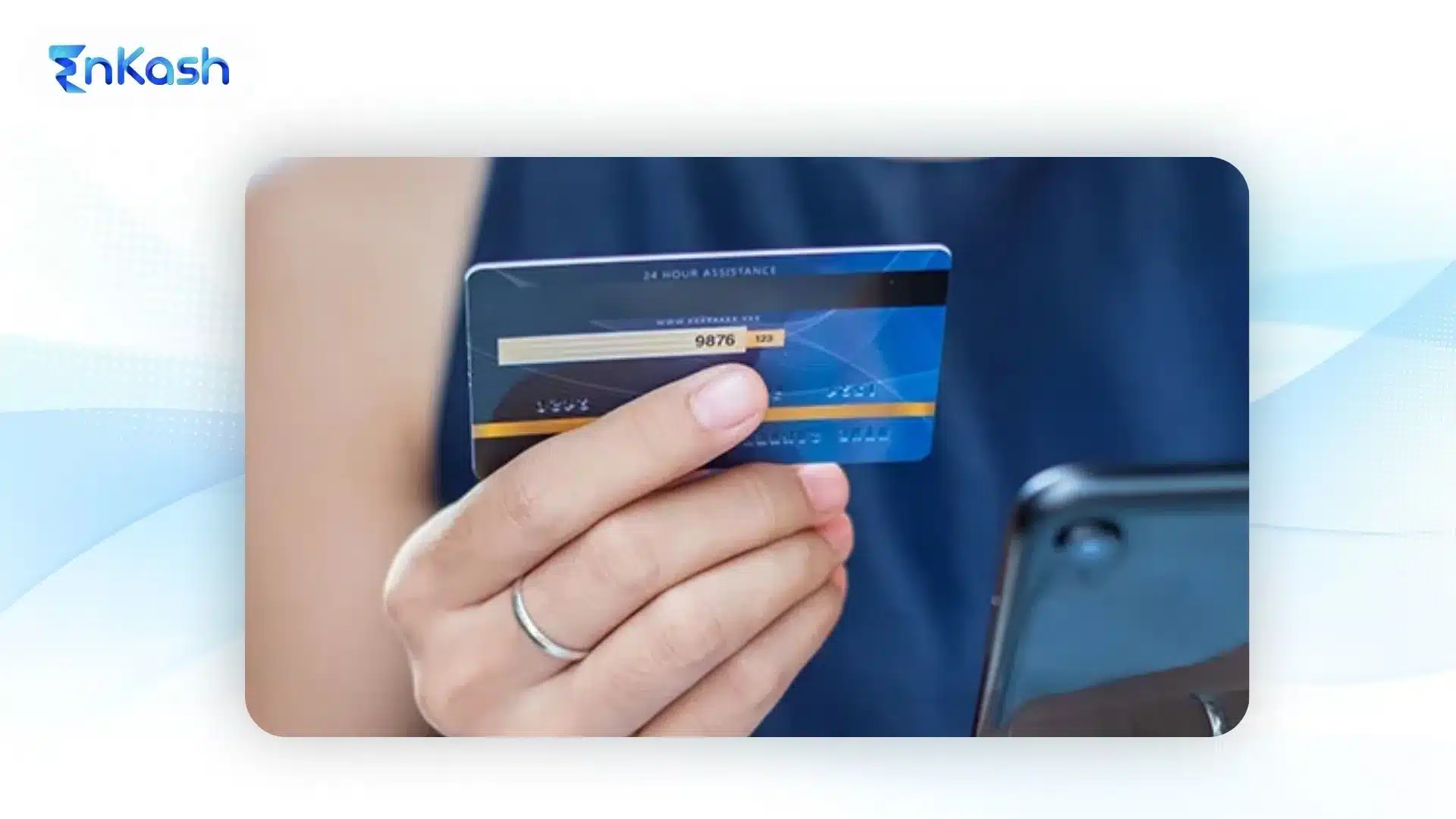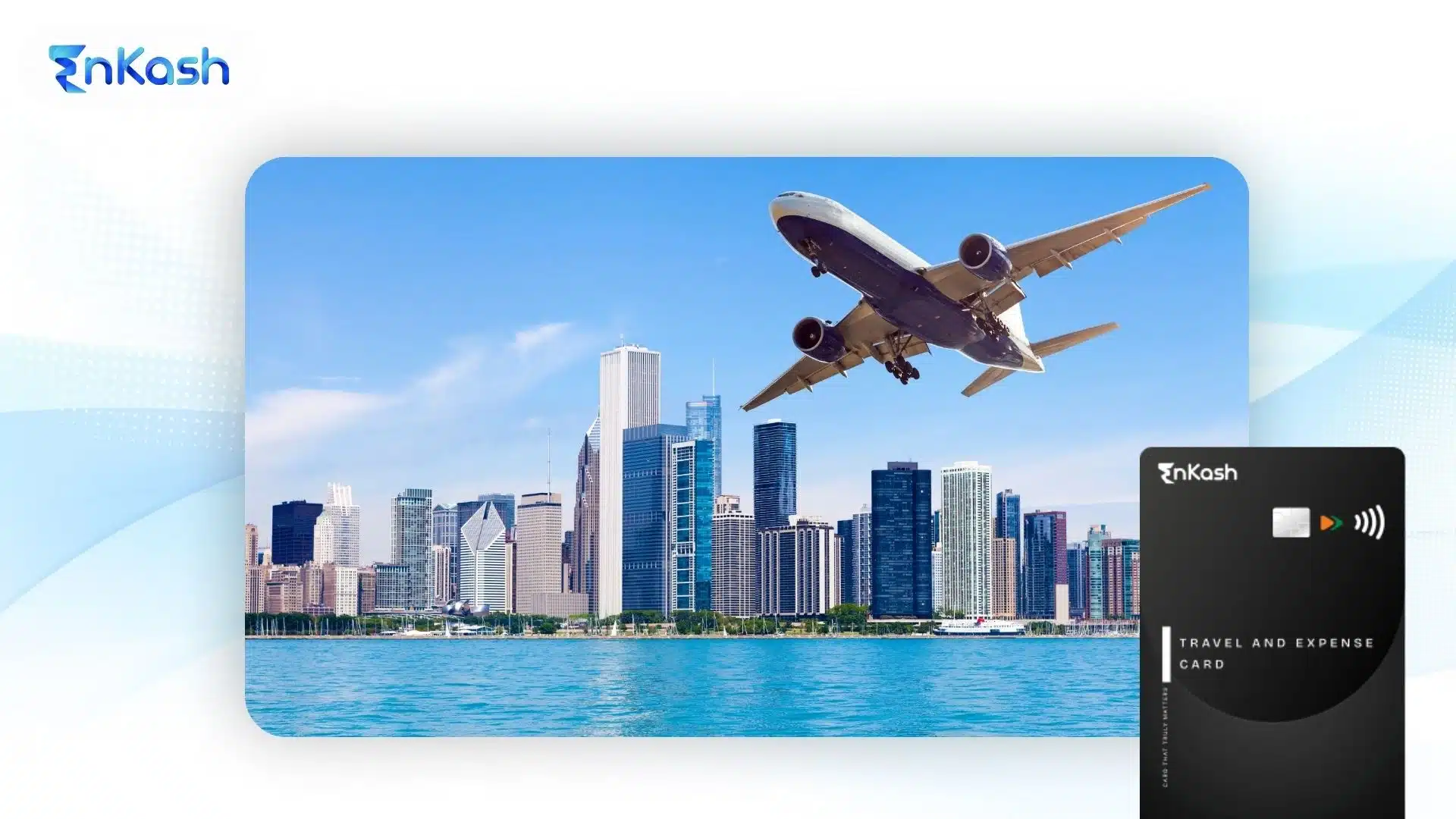A steady cash flow is essential for the growth of businesses or individual entities. Where tools like corporate credit cards allow the business more control over spending, revolving credit and a line of credit offer businesses more flexibility to manage their credit facilities effectively. Virtual cards are also a tool to help companies ease the process of making payments more securely.
Revolving credit and Line of credit are two potent financial instruments that allow businesses to gain financial assistance from lenders for their credit requirements. With the help of these financial instruments, companies or entities can borrow loans or credit assistance from other businesses or financial institutions to reinforce money into their own business.
Revolving Credit And Line of Credit: What’s the difference?
Finance facilities like standard credit cards, revolving credit, and lines of credit help businesses grow and expand. The two financial instruments are designed to offer businesses financial aid based on borrowing requirements.

A conventional agreement allows the business to borrow until it closes the account with the lenders. Whereas a line of credit or non-revolving line of credit loan is a one-time agreement between the borrower and the lender, and once the loan amount is paid, the agreement gets terminated.
The criteria for issuing the line of credit depends on the business’s creditworthiness. First, the company can borrow the amount until the limit is reached and keep repaying the lender partially or entirely, depending upon the repayment agreement between the two. Then, based on the credit score, the financial institute or the lender party can decide to extend the credit limit. Additionally, the business can again borrow when the lender extends the credit limit.
Revolving Credit Meaning and Significance
A revolving line of credit allows the business to borrow money from a set limit of funds from the lender. On account of the money lent the borrower has to pay the interest amount to the lender on preset due dates. When the borrowed money is paid in part or as full payment, the funds are again available to reuse for the businesses from their revolving line of credit loan account.
This cycle of borrowing, using, and reusing the amount from the revolving Line of credit loan account continues till either party decides to terminate the agreement.
The businesses are eligible for the revolving line of credit loan based on specific criteria like credit score, business type, funding history, and business revenue. The mentioned criteria help the lender understand the business’s financial positioning to acquire a line of credit loan.
Examples
A simple example of a revolving line of credit in India is the credit card facility provided by banks to their customers. In the case of businesses, banks offer loan assistance by providing funds to a specific credit limit. The revolving line of credit loan account keeps operating until either of the parties decides to discontinue the agreement.
The bank owns the interest charges on the loan amount sanctioned. As long as the business keeps paying the interest amount, the revolving Line of credit account continues to operate. Whether the borrower decides to pay only the interest amount for a set period or repay the entire loan once, the money gets replenished into the revolving credit account for the business to reuse.
Meaning and Significance of Line of Credit India
A line of credit or non-revolving line of credit loan is a one-time agreement between the borrower(business) and the lender. Once the borrowing party pays off the loan amount, the non-revolving credit account gets terminated. Unlike a conventional agreement, the borrower has to pay the interest amount plus the loan amount on preset due dates.
Example of Line of Credit India
For startup businesses in the growth stage, funds in the business account can be drained due to increased expenses. In that case, during payments, there is a high risk of checks bouncing, which can affect the business’s creditworthiness in the long run, so the businesses have to manage their finances carefully. Thus, to avoid check bouncing, the startups can apply for a line of credit to acquire overdraft protection when the balance is insufficient in the business account to make payments.
Can a business apply for instant loans without a credit score?
The revolving credit and Line of credit loans are designed to help businesses in case of financial inadequacy. Thus, many financial institutes offer the possibility of applying for a line of credit loans or instant loans without credit scores but based on specific criteria that the lenders formulate to safeguard their interest.
The lenders can agree to offer a loan amount against the corporation’s business assets that can assist as collateral. The lenders can also charge higher than standard interest rates on the loan amount sanctioned to the business.
Applying for a line of credit or instant loans without a credit score is slightly risky. However, many businesses still opt for it when analyzing the potential for their business growth. If a company can grow, it can rightfully apply for instant loans without credit scores.
To know more, visit: EnKash. You can also click below on Signup Now and we will reach out to you soon.








